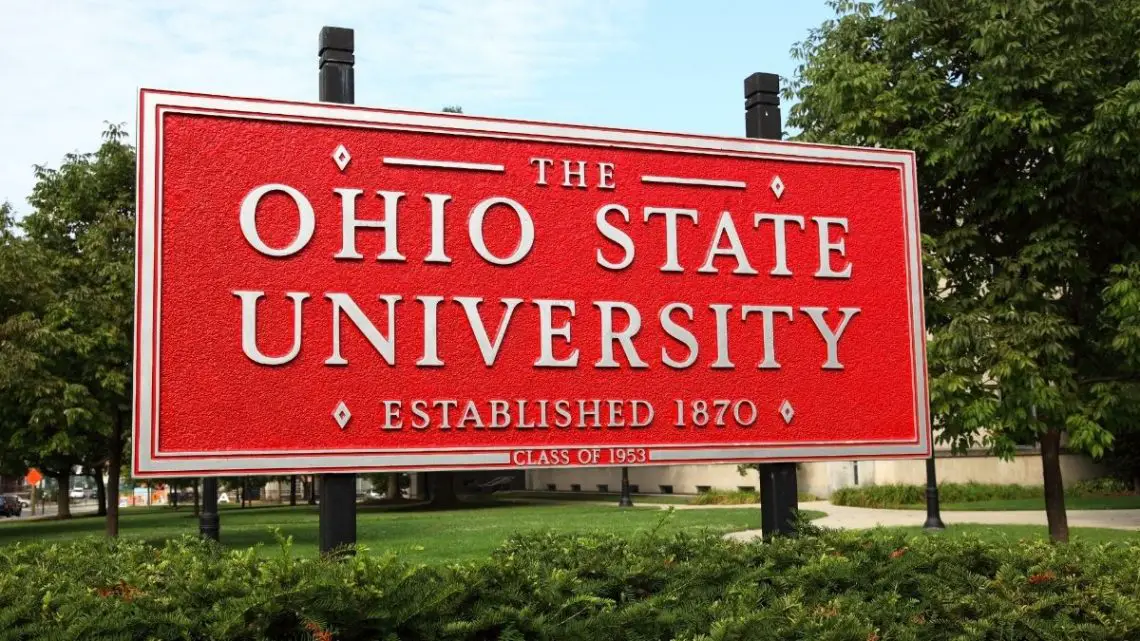
Future auto fuel cells could get clean hydrogen fuel from toxic gases
September 17, 2021Researchers have published a paper about a new the use of sewer and manure off-gases for H2.
Researchers from Ohio State University have described a process in which auto fuel cells of the future may be able to cleanly use the toxic hydrogen sulfide from sewer gas and manure off-gases.
The research was described in a paper published in the American Chemical Society journal.
The process of turning hydrogen sulfide gas into clean hydrogen usable by auto fuel cells was published in the American Chemical Society journal, ACS Sustainable Chemical Engineering. The method is described as cheap, efficient, as well as relatively simple. This process is known as “chemical looping”. The process itself is known as SULGEN.
Study co-author Lang Qin, a research associate in chemical and biomolecular engineering at Ohio State University, said that two primary issues can be solved by using iron sulfide with trace amounts of molybdenum as an additive. Qin explained that hydrogen sulfide is an especially harmful gas that is used in industry. As a result, Qin referred to the toxic gas as an ideal base for clean hydrogen production, as it is converted into something usable and that is less toxic.
The primary challenge to using this process for hydrogen used in auto fuel cells is scaling it.
SULGEN involves using iron sulfide, a pure chemical, for industrial use processes. That said, iron sulfide alone is inadequate for use at scale. The researchers and Qin sought inexpensive chemicals that could be used as a catalyst in clean hydrogen fuel production in adequate quantities. What they determined was that by introducing trace amounts of molybdenum to the iron sulfide helped to overcome the quantity challenge.
“It is too soon to tell if our research can replace any of the hydrogen fuel production technologies that are out there,” said lead study author, Kalyani Jangam, a graduate student at the Clean Energy Research Laboratory at Ohio State. “But what we are doing is adjusting this decomposition process and making a valuable product from that.”
The researchers discovered that hydrogen sulfide breakdown was improved with the addition of molybdenum, splitting it into H2 and sulfur. According to Qin, the “big picture” is that chemical looping with take care of the toxicity of the gas while producing clean hydrogen fuel that can be used in auto fuel cells.



 With over 15 years of reporting hydrogen news, we are your premier source for the latest updates and insights in hydrogen and renewable energy.
With over 15 years of reporting hydrogen news, we are your premier source for the latest updates and insights in hydrogen and renewable energy.
Cheers to you all at Ohio State Chemistry! Bravo
You will change our world for the betterment of all mankind. I appreciate it all!!!
William C. Knapp,
Inventor, Co-Founder, President and C.E.O.
BIO-H2-GEN Inc.,
1687 Harten Lane, Kingston, Ontario, Canada, K7L 4V1
Email: [email protected]
LinkedIn: https://ca.linkedin.com/in/william-knapp-445a3084
Ph: +1-613-767-7099
I have spent over 10 years issuing hundreds of emails, Linkedin posts,and presentations on the best source of clean zero-carbon hydrogen is hydrogen sulphide. My US patent was granted on June 18th 2019 along with 19 of 22 process claims. My target is dissolved hydrogen sulphide leaving solid sulphur and simultaneous reduction of H2S treatment costs.